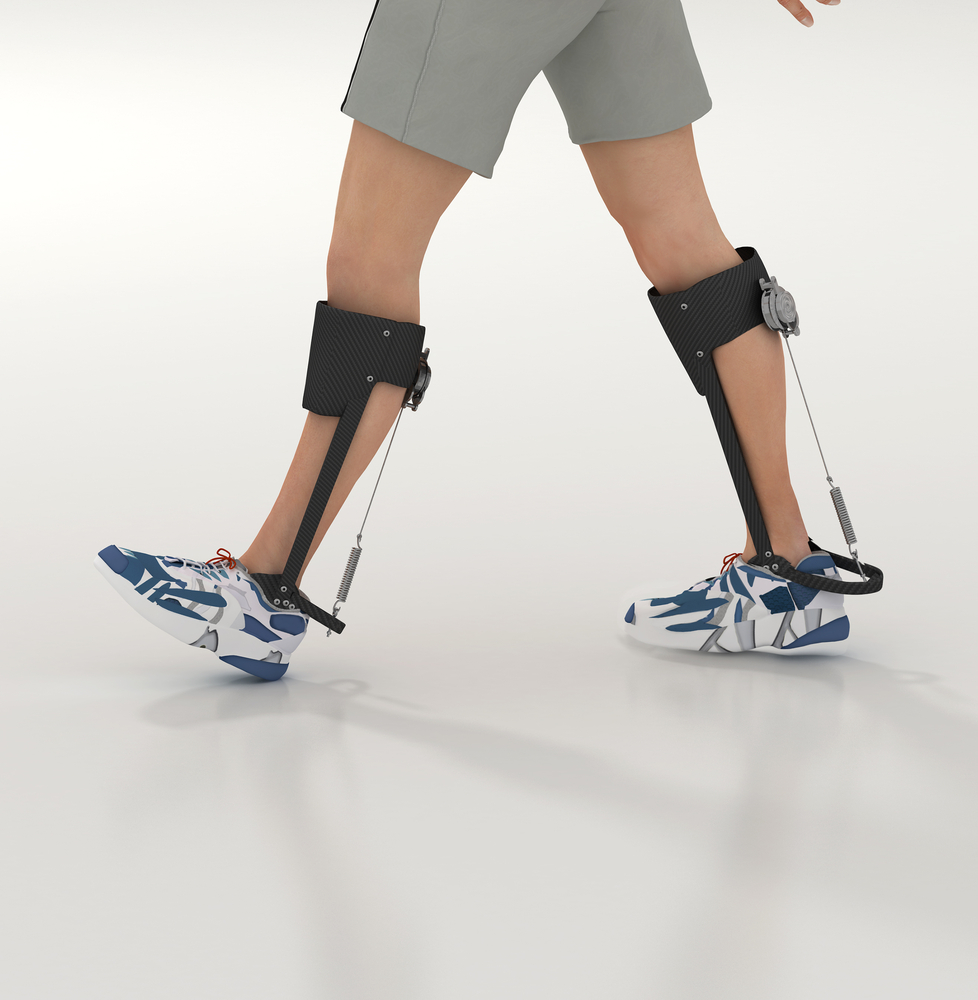Exoskeleton-supported Training Improved Movement in Limb-Girdle Patients, Small Study Found

Treadmill training using a voluntary-driven exoskeleton might be a safe approach to improve movement and exercise capacity in patients with limb-girdle muscular dystrophy, according to a small study by researchers at Ruhr University Bochum in Germany.
The study, “Treadmill Training with HAL Exoskeleton — A Novel Approach for Symptomatic Therapy in Patients with Limb-Girdle Muscular Dystrophy — Preliminary Study,” showed that three studied patients improved on several tests assessing movement and reported better endurance after an eight-week course of three weekly sessions.
The method, which research shows is effective in patients who had a stroke or spinal cord injury, should be explored in larger groups of patients, including those with other types of muscle diseases, researchers noted.
Researchers made use of an exoskeleton called HAL (hybrid assistive limb) in their study, which was published in the journal Frontiers in Neuroscience.
The three patients were still able to walk and had similar levels of impairment. The team measured a range of parameters before the training began, and again after eight weeks.
All three patients improved their performance on the treadmill over the eight weeks of training.
More importantly, however, measurements showed that after completing the training program, they walked a 10-meter distance faster, and improved their performance on the 6-minute walk test, which measures the distance walked in six minutes.
They also improved on the timed-up-and-go test, in which patients are required to stand up from their wheelchair, walk three meters, turn around, walk back and sit down.
Only two patients completed an additional follow-up six weeks after the training had stopped. This showed that improvements in the 10-meter distance and timed-up-and-go tests were still noticeable, while the 6-minute walk test improvement was not. This suggests that continuing the exercise might be beneficial.
All three patients said their endurance had improved after eight weeks of training.
The team also measured balance and functional independence in the three patients. These measures varied more between the patients.
Two of the patients also said they had no adverse effects from the training, while the third felt a general weakness but no muscle pain or stiffness. The weakness lasted for about one or two hours after a training session.
The data prompted researchers to move forward with larger studies using the HAL exoskeleton.






